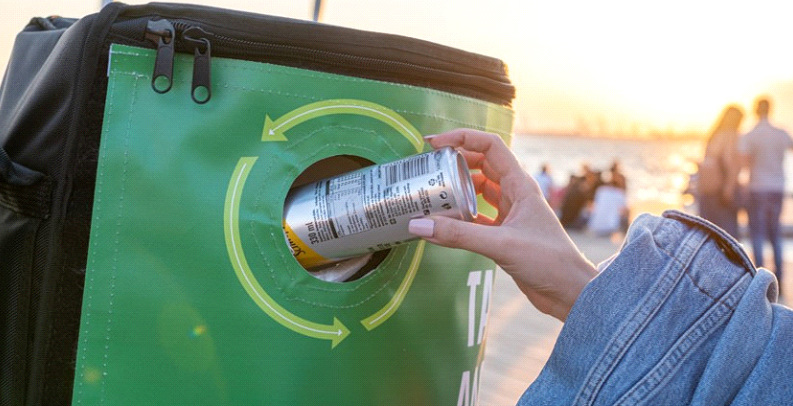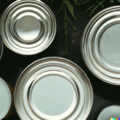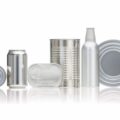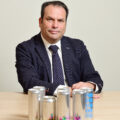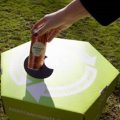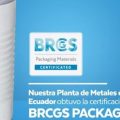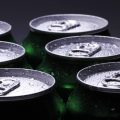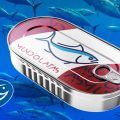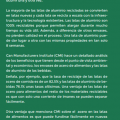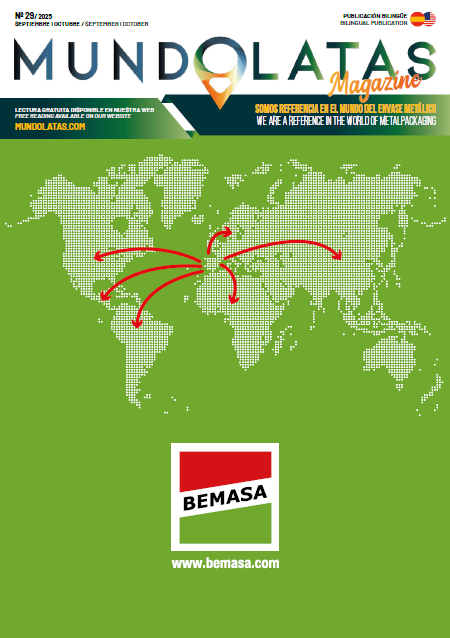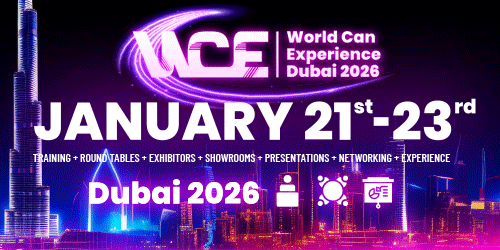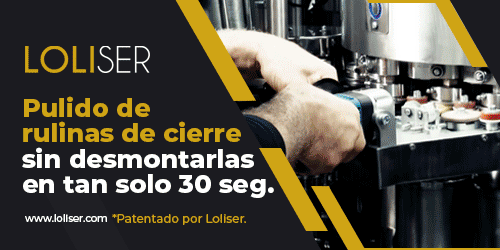The use of more consistent beverage packaging may have increased ESG benefits, however, marketing and branding teams may have their discrepancies. One example is Trivium who has had the privilege of working with clients such as the Canadian winery Pelee Island. Rowena Curlewis, CEO of Australia-based beverage packaging consultancy Denomin highlighted the “label-free wine bottle” her team has developed for local wine group Fourth Wave Wines.
By reducing the materials used to manufacture labels, certain processes that are not 100% essential would be eliminated. One whisky industry expert expressed that he liked the idea, although he feared that the marketing team would go into meltdown if this same proposal was suggested to the spirits industry. As Sarah Brubnick, wine director and co-founder of The Barrel Room in San Francisco, points out:
“Wine is often sold through its story, so the label-free concept can pose a problem in many cases.”
The trend of recent times has been the emergence of less flashy brands, with simpler concepts and more basic promises. This results in the production of products that meet quality standards without excessive use of materials or superfluous aggregates.
Louis Persent, co-founder of UK agency Weirdo, says impactful branding and sustainable production should not be enemies, but in a world where authenticity allows brands to charge a premium, moving toward standardized branding “seems risky.”
According to him, if people are not given the opportunity to acquire a unique point of view, they run the risk of becoming irrelevant. If this is the case, then they can lose much more than just a label on a bottle and end up with the entire brand.
Michela Graci highlighted how QR codes, which Crate has in the neck of its bottle, are a force that forces consumers to create new habits, which may take some time to take hold. A minimalist approach in a retail context can also (mistakenly) be associated with cheaper, value-priced products.
“Ingrained behaviors and assumptions simply don’t change overnight.”
he added. Vice president of global beverage Ryan Noward discussed how beverage packaging provides information to the consumer, including the details of the package and what to do with it when it is empty. According to research conducted this year by Trivium Packaging, 46% of respondents found that the barrier to buying products with sustainable credentials was unclear labels on packaging. To encourage consumers to recycle, Noward suggested a clear improvement on the sustainability credentials of packaging.
The company Trivium is working with different companies in terms of aluminum containers and wine bottles, directly printing the brand design without having to compromise its aesthetics. “Switching to metal ensures that packaging fuels a circular economy and can be infinitely recycled,” Noward said.
Launching novel solutions may annoy recyclers seeking standardization and simplification. Of course, there is an argument that the waste infrastructure must also adapt, but, for now, most are taking a conservative approach to change. “What we definitely see is that, in general, beverage brands are focusing strongly on collection, sorting and ‘closing the loop’ noted Dorota Napierska, policy officer at Zero Waste Europe, a Brussels-based NGO.
According to Feve, the European glass packaging organization, versatile design is one of the aspects most valued by today’s society; however, the wine sector has positioned itself in favor of standardization rather than customization. A spokesman cites industry estimates showing that only 15% of still wine bottles are “bespoke” with the other 85%
“catalog”
. Spirits can present a different challenge where customized bottles with elegant labels are an expectation.
“By opting for colors that define specific categories, we could transform packaging into a recycler’s dream come true.”
wrote Edward Kosior, CEO and founder of Nextek. Suggests food products in natural or white packaging, no food in cakes and hazardous substances in black plastic.
The availability of high quality food packaging would skyrocket and the cost would decrease. For now, recyclers have to do the best they can with the materials thrown at them. About 60% of PET bottles are collected, and 50% are recycled; unfortunately, what is recycled (rPET) represents only 17%. The researchers stated that “deposit return” programs could contribute greatly to closing the recycling loop. They also advised replacing opaque and colored bottles with clear or light blue bottles as this would allow an rPET rate of 75%.
Suntory Beverage and Food – a British company – is striving to move forward with the production of recycled “rPET” products, which account for 54% of its beverage portfolio. Liz Nieboer, the director of sustainability and external affairs in Great Britain and Ireland, reported that much of this material comes from overseas where there are established schemes to recycle and produce high grades. The vast majority of our rPET comes from continental Europe, where established deposit return schemes have resulted in large-scale, high-quality recyclate production,” explains Liz Nieboer, director of sustainability and external affairs in Great Britain and Ireland.
“We hope that once the schemes are well established here in the UK, we will be able to access a greater volume of high quality food grade rPET more locally.”
. Nieboer is among those “disappointed” that the first UK scheme in Scotland has been delayed for a third time and will now start in March 2024,” he detailed.
Rather than being indifferent, packaging changes often produce different reactions among customers, companies and activists, according to Matilde della Fontana, a senior research associate at Lux Research. This is because packaging is usually the first opportunity for consumers to interact with the brand, so it has a very important role to play. However, no one can know with certainty how customers will react to container design conversions.
Lizzie Smith, a consultant at Anthesis, notes the importance of the collective efforts of a number of relevant companies in bringing about change. He clarifies that this is not just a surface transformation but a lot of hard work on the part of the entire supply chain, as in the specific case of milk packaging. She further explains that it is common to think that brands are not taking action, but this turns out to be untrue, as there is a lot going on behind the scenes.
Recent data from GlobalData Market Pulse reveals that approximately one-third of Japanese consumers want to maintain or expand their habit of purchasing soft drinks in large quantities, due to the pandemic. Asahi and The Coca-Cola Co. have, like so many other companies, taken full advantage of this by selling certain beverages without labels or tags.
Beverage manufacturers are taking an active, and increasingly financial, interest in closed-loop recycling as they seek to meet recycled content targets set in initiatives such as the Ellen MacArthur Foundation’s Global Plastics Commitment. “There’s no more room for complaints; they have to start acting,” says della Fontana. Research conducted in the UK by IGD, published last month, showed that 33% of all supermarket packaging impacts come from alcoholic and non-alcoholic beverages; add dairy products and sauces and this rises to 50%.
Among the most relevant conclusions is that the beverage industry needs to do much more than remove labels.
“For any beverage company looking to reduce its carbon emissions, reducing single-use glass has to be an absolute priority,”
says Tim Etherington-Judge of France-based Avallen Spirits. It has been replacing some glass bottles with alternatives made from 94% recycled cardboard and a food-grade pouch. This saves almost 0.5 kg CO2e per bottle, partly due to the lighter weight.
Sales experts wonder if these large companies can move away from their established logos. They are waiting to see if it is feasible to reduce the personality of the product or service in order to contribute to the environment.

